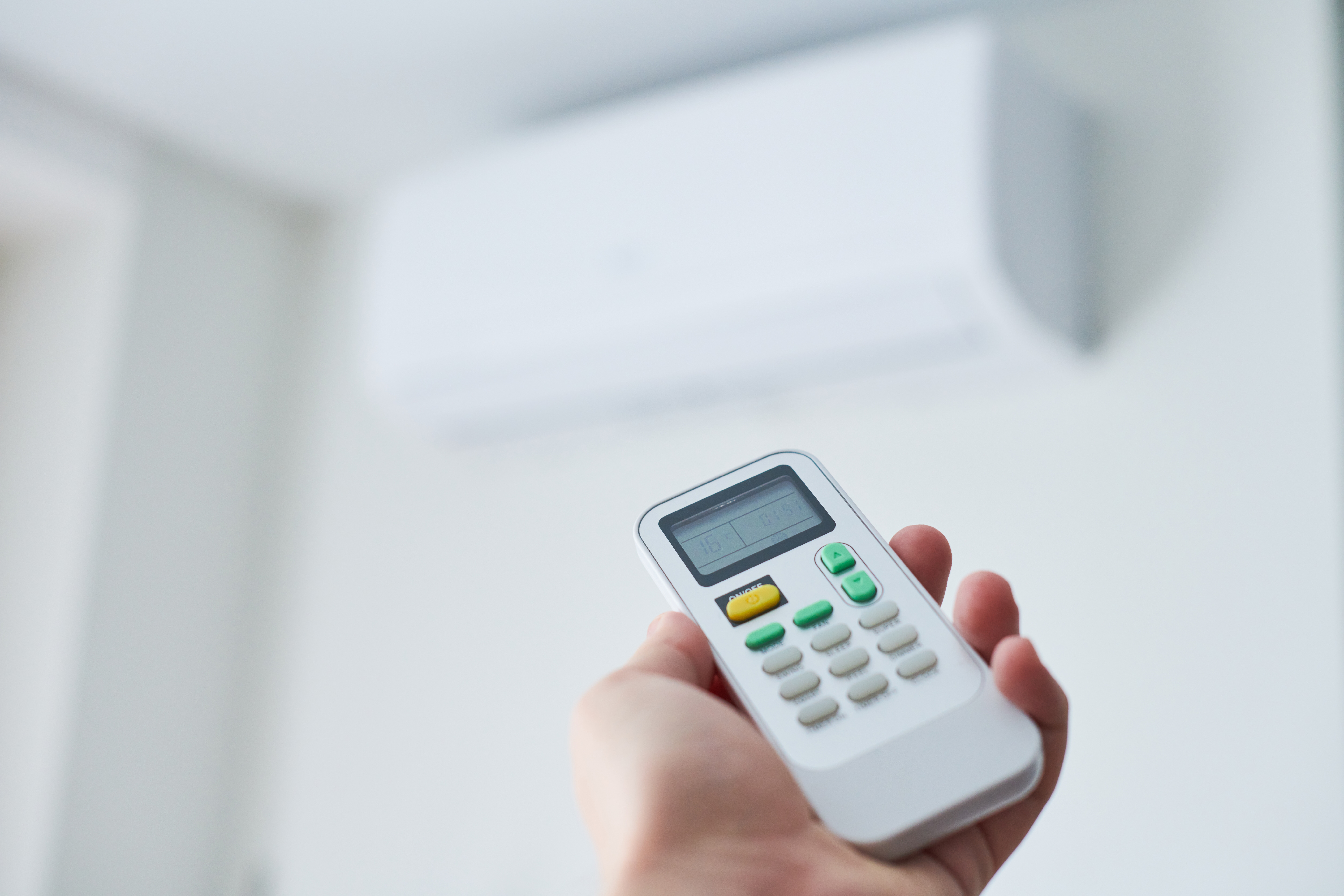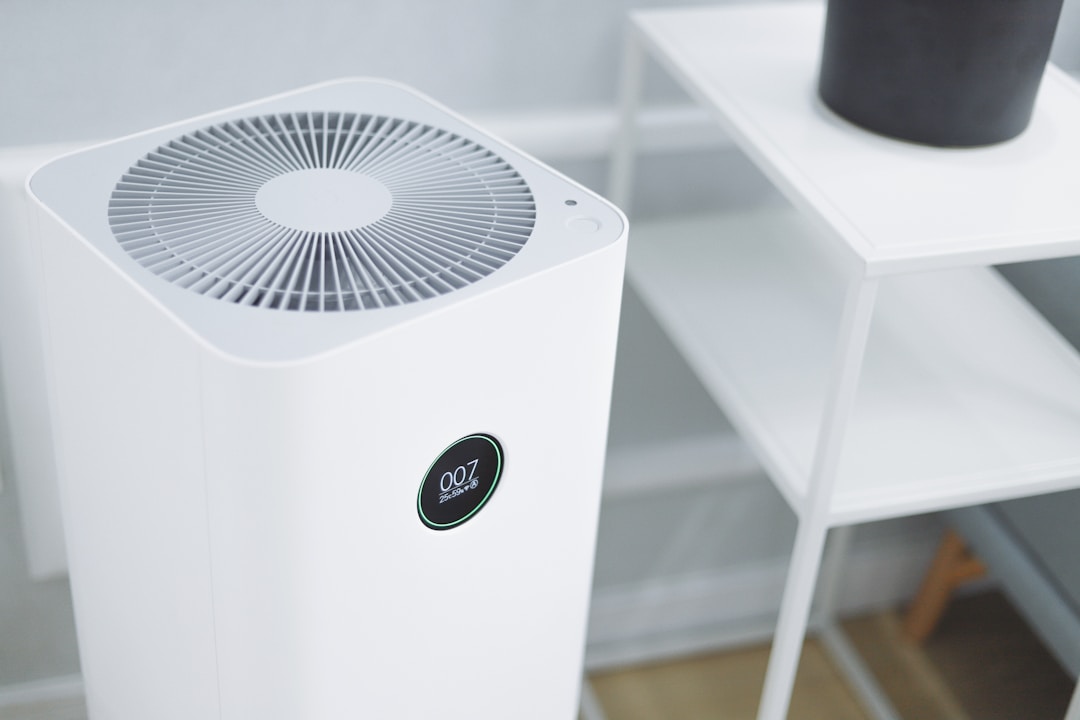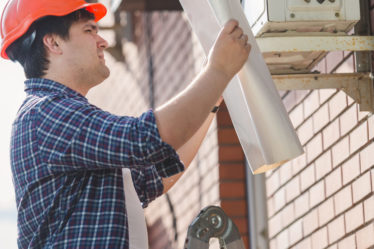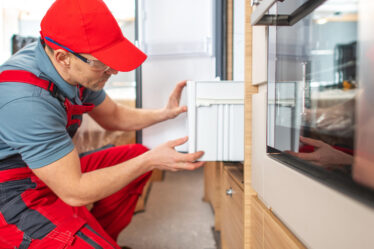
Most homeowners know that they need an HVAC system, but with so many options to choose from, it can be difficult to know where to start. There are several ways to heat and cool your home, and each type of system has its pros and cons, including both ducted and ductless systems. The best option for your property depends on a number of factors, which is why it’s essential to understand the differences between them. If you want to learn more, keep reading to find out what a ductless mini split is and how it works.
What are ductless mini splits, and how do they work?

The two primary categories with regard to HVAC systems are mini splits and central air. A mini split has two components: an outdoor compressor and an indoor handling unit. You may be wondering, what is a ductless mini split? Ductless mini splits are installed in the room that they’re supposed to cool and connect directly to the outdoor compressor. A ducted mini split unit is connected to a short run of ducts and cools air with an air handler. Central air utilizes extensive ductwork to distribute air that has been cooled in a central location.
There are several reasons why homeowners would prefer a ductless system. One of the biggest benefits of using a mini-split system instead of central air is efficiency. The units use inverter technology to convert high-voltage electricity into DC voltage, which enables them to operate while using less energy. Ductless systems also have built-in zoning, as they allow you to install multiple units in different rooms and set a unique temperature in each one.
No matter what type of HVAC system you purchase, you’ll need to be proactive about proper maintenance if you want to avoid costly breakdowns. Experts recommend that you have the unit inspected on an annual basis, though you should always call a technician right away if you think something is wrong. The filter should be changed at least once every 90 days, though some homeowners change theirs as often as once per month. If you’re experiencing ongoing problems with a system that is over a decade old, you may need to consider a replacement.
What else can you do to maintain a comfortable indoor temperature?

Staying comfortable inside your house can be a challenge, especially if you live somewhere with extreme outdoor temperature fluctuations. Though your HVAC system plays the biggest role in heating and cooling your home, there are also additional steps you can take to improve your ability to control the temperature. For example, cracks and crevices in your windows and doors can let in outdoor air, which will force your HVAC to work harder to compensate for this change. This is likely to leave you with sky-high utility bills at the end of the month.
A smart thermostat is also a smart upgrade, which you can ask your local HVAC technician about. Smart thermostats are Wi-Fi-enabled devices that work with home automation and allow you to control your HVAC system by using a smart speaker, mobile phone, or computer. Many smart thermostats even use an algorithm to learn your habits, adjusting the indoor temperature when you’re not home or asleep to conserve energy. Given that smart thermostats can improve your quality of life and bring down your energy costs, opting to use one is a good choice for homeowners.
There’s a lot to learn if you want to choose the right HVAC system for your home, but there are plenty of resources on and offline that can help. Mini splits and central air conditioning both have benefits and drawbacks, and your living situation has a lot to do with identifying the most effective option. Homes without ductwork are usually better suited to a ductless system, as it can be more expensive and time-consuming to install ducts. If you’re still on the fence about what system to choose, reach out to an HVAC professional in your area to get answers to any questions you have.



